
There are two or three commonly-known but often misused quotations about April. Eliot’s ‘The Waste Land’ probably comes top –
April is the cruellest month, breeding
Lilacs out of the dead land, mixing
Memory and desire, stirring
Dull roots with spring rain.
The next, Browning’s “Home-Thoughts, from Abroad’:
Oh, to be in England
Now that April’s there,
And whoever wakes in England
Sees, some morning, unaware,
That the lowest boughs and the brushwood sheaf
Round the elm-tree bole are in tiny leaf,
While the chaffinch sings on the orchard bough
In England- now!
The third literary April I will come to later.
Even though here I am in England in April and in the country, these lines of Browning still wake a longing inside me: just stop, stop and hold April back a little longer, so this perfection of spring might last, so that the world stays new-born a few weeks more.
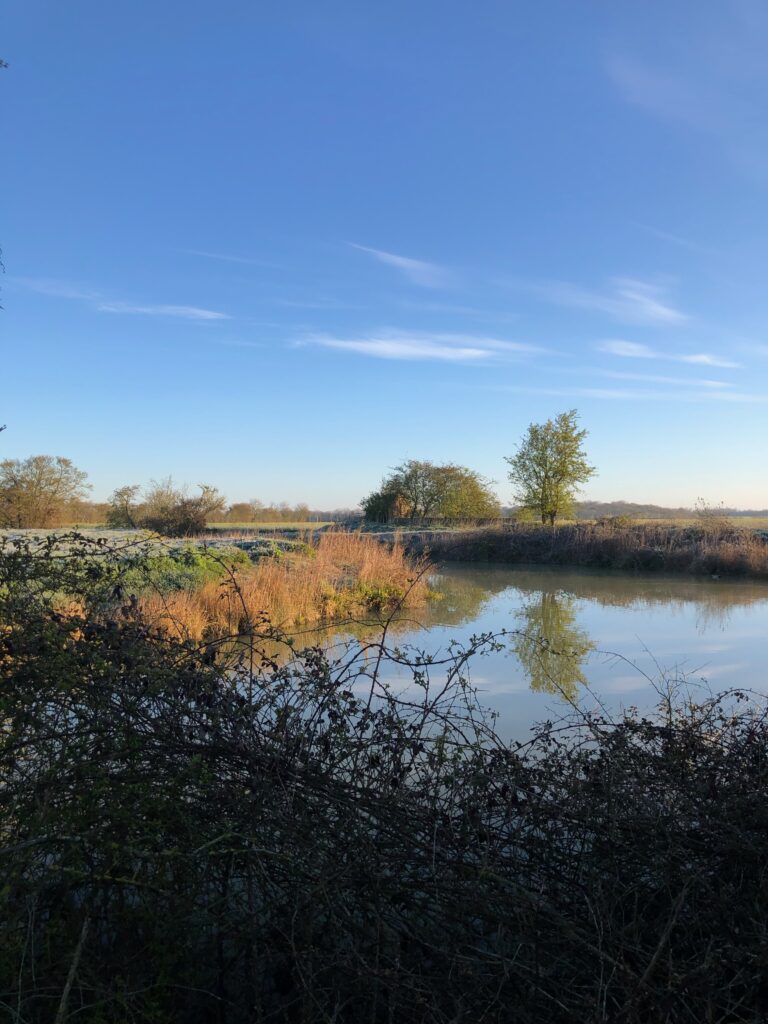
The weather seems to be going some way towards granting this wish. The month was characterised by a commentator on the BBC as “bright sunlight and brass monkeys.” The sun has shone gloriously, consistently, relentlessly from an azure sky, but the cold has been bitter, especially here in East Anglia. Each day the wind swings between north, east, north-east, north-north-east, east-north-east, always from the North Sea, and blows hard and icy across our flat fields. The strong April sun which should advance all the spring growth finds its efforts thwarted by this cruel cold.
The nights have brought sharp frosts, the sort which freeze water hard and thick, and turn the ground into iron. Spring planting is on hold, for no tender plant would survive the nights, and the earth is too cold for germination. Every available space and surface indoors and in my greenhouse are given over to the requirements of the nursery.
And in all this, not one drop of rain. A regular reader of these annals may be forgiven for thinking I am never satisfied. No sooner have I stopped the moaning about mud and constant wet than I start to say – in common with every gardener and grower – we need rain. We so need rain. The land dried swiftly and is now cracked, concrete hard. A spring drought is nothing new here, but this one perdures, exacerbated by the strong winds. What happened to April showers?
Whan that Aprill with his shoures soote
The droghte of March hath perced to the roote.
But the rains of winter have produced bright jewels.
But set aside the frost and drought, and wrap up warm in a winter coat, and set off at sunrise, and the beauty of the morning, the pastel purity of the light, the innocence of the new day, the Magnificat that is spring birdsong, the flowers after the months of monotone, all this will kindle joy even in a wintry old heart. As the morning progresses and the sun rises higher the palette becomes a child’s poster paint set: the young crops deep emerald green; the sky sheer cyan; the endless fields of rape bright chrome yellow.

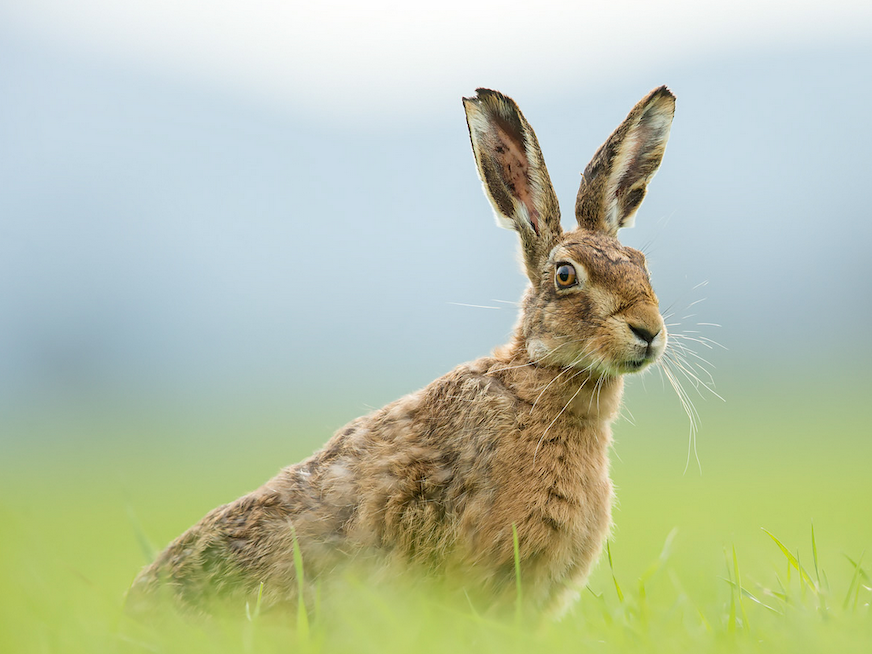
These sunrise walks bring sights that I think are not granted to those still in bed: a family of nine brown hares in a field, parents and leverets, the young playing as the young do – chasing and racing. My dog’s antennae twitch; she stiffens, her muscles tense, then she quivers. But she is on a lead…
The brown hare (lepus europaeus) is common round here, and regarded as a pest by farmers. They can be shot at any time of year including during the breeding season – and are – but they proliferate. In action they are beautiful, reaching 45mph at full speed. The dog wouldn’t stand much chance, though she is fast.
Last month I said that the passing of the seasons can be seen in the sky as well as in nature. The month’s frosty nights have been of a clarity through which the stars have blazed – Arcturus, Regulus, Procyon – companions of spring nights as I look to the south and west.

Looking upwards in daytime brings its rewards: a buzzard seen off by rooks, or four buzzards wheeling high. One descends for a closer look, and the late afternoon sun illuminates the underside of its wings into pure gold.
In April at Easter Tide
When flowers in grass spring to life
The lark at break of day does rise
And sings away with true delight,
With the sweetness of fresh greenery.
Early one morning I did rise,
And heard a little bird on a tree
His own song carolling on high.
I lifted my head to spy
What sort of bird he might be:
In the twinkling of an eye
Flocks of birds descend on me.
Orioles I hail,
And the nightingale,
Chaffinches I view,
And the merlin too,
God knows how many in the air,
Whose names I am lost among,
That roosted on the branches, there,
And began to sing their song.
I walked through that blossoming
Listening to love’s joy ring.
Over the meadow, riding slow,
I saw the god of Love pass by.
(English translation of the Old French “En avril au tens pascour”)
Ten years ago on the fourth of April, my 64th birthday, I set out down a stony track from the hilltop town of Vézelay in Burgundy. Vézelay, where St Bernard preached the Second Crusade; Vézelay, one of the medieval gathering places for pilgrims journeying to the shrine of St James in Santiago de Compostela; Vézelay, with its renowned Romanesque basilica dedicated to Mary Magdalene. One of my favourite places in France, in the whole world.
I too was on my way to Santiago, some 1900km distant. It was a long-held dream, ever since I had discovered the ancient way across the north of Spain some 40 years before, and it was a retirement present to myself. For the first three weeks or so my way was completely solitary, and I met no other pilgrim. I walked through a glorious spring, in my inexperience carrying far too much on my back, encountering for the first time the hospitality and kindness of strangers that is, and always has been, a characteristic of the walking pilgrimage. I walked through the very deepest of la France profonde, its beauty and its ways of being little changed since I first set foot in France some 60 years before. For the first time I knew the excitement of each day’s adventure, the exhaustion of each day’s endeavour, the sacredness of putting my feet in the footsteps of so many down the ages, the liberty of the mind to reflect, think and pray, the peace of being, literally, in another place.
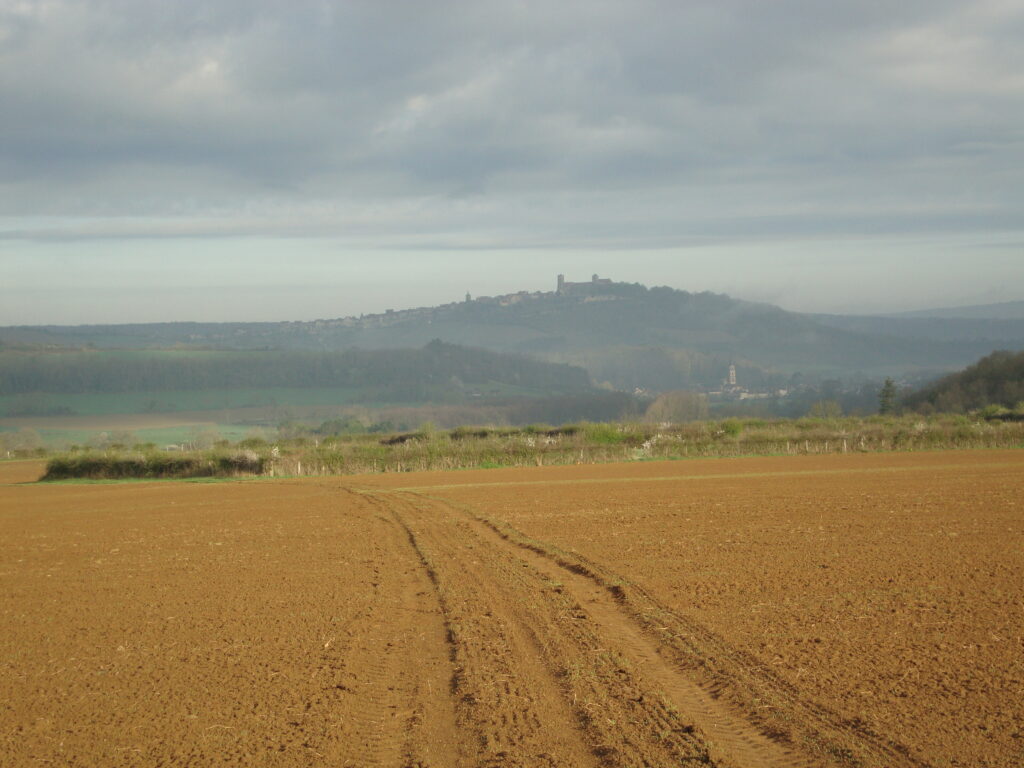
Later, further, I met two French women, and we walked together as far as the Spanish border, and I learned the companionship of the Camino, the shared experiences of accommodation which ranged from château to the concrete floor of a village hall, of meals ranging from five courses to a shared packet of soup. Into Spain and I was bewildered by the sudden flux of crowds of pilgrims, everyone heading the same way. It seemed to me that this is what the kingdom of heaven must be – everyone with a single goal, different nationalities, races, languages, ages. There is an equality I have found nowhere else. Deep bonds are formed quickly, confidences exchanged, prejudices dissipate, mutual aid trumps self-reliance . In this atmosphere, so unlike the daily run, mindsets change. The journey assumes more significance than the destination. As in all life, the process is what counts.

I thought that this pilgrimage, planned over half a lifetime, would get it out of my system, but I had yet to understand that it becomes addictive, and each year the lure of the open road would call me back for more. And so, through my sixties and early seventies, I clocked up many thousands of miles through France and Spain, across Sicily, and in 2016 along the Via Francigena from Canterbury to Rome, a journey which has changed my life in many ways.
And this brings me to the third April quotation, from Chaucer:
Thanne longen folk to goon on pilgrimages
And palmeres for to seken straunge strondes
To ferne halwes, kowthe in sondry londes
(Then do folk long to go on pilgrimage,
And palmers to go seeking strange strands,
To distant shrines well known in distant lands)
And I, too, this April long for the adventure, the openness to providence, the liberty, the distant shrines in distant lands. Alas, Covid put paid to any plans for one last Camino in 2020, and now – whatever course the pandemic takes this year – I fear my days of walking 25 miles in a day over mountains (or even 20 or so on kinder terrain) are probably over. An old knee injury, never properly healed, plus worsening arthritis, pain scarcely tolerated, and, well, anno domini combine to ground me. Must we accept these losses that come with old age?
…And yet, and yet…maybe one more? Sometimes I think I would crawl on my hands and knees to have, just once more, what those who have never lived it cannot know or understand.
But I think the dog might miss me.


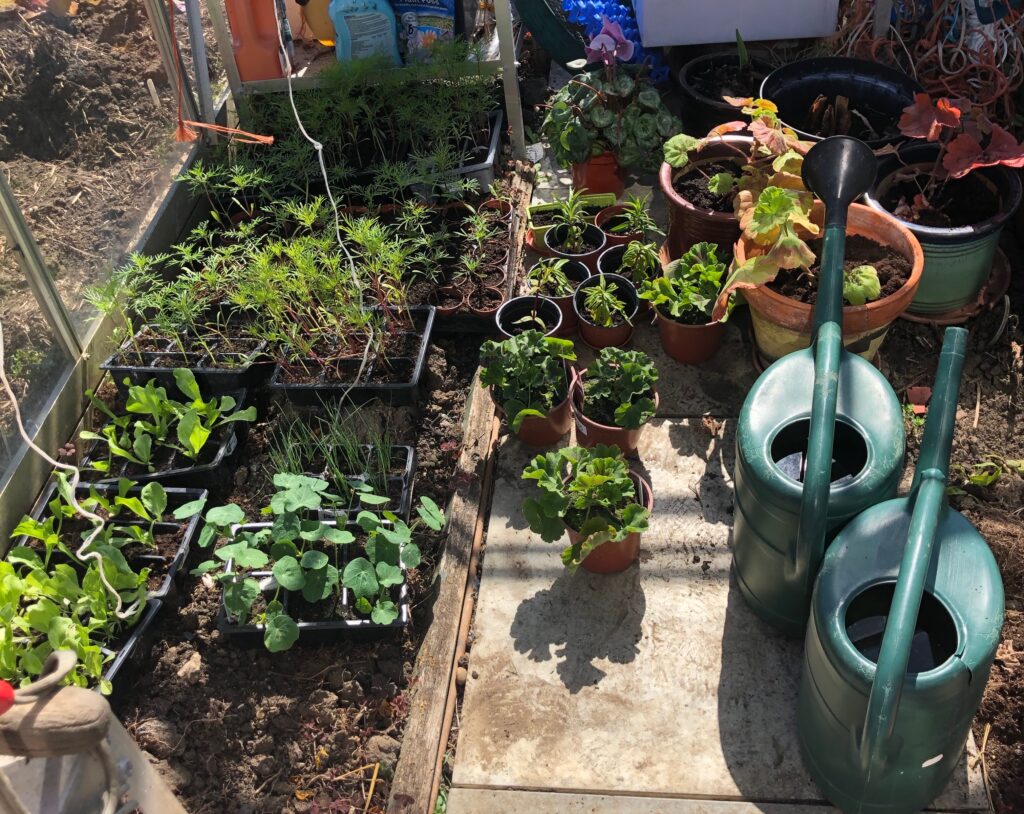

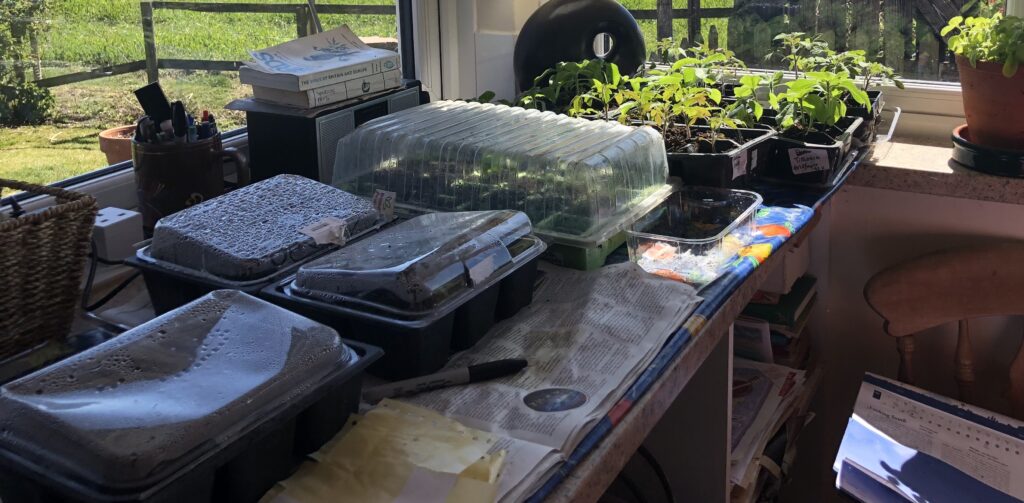
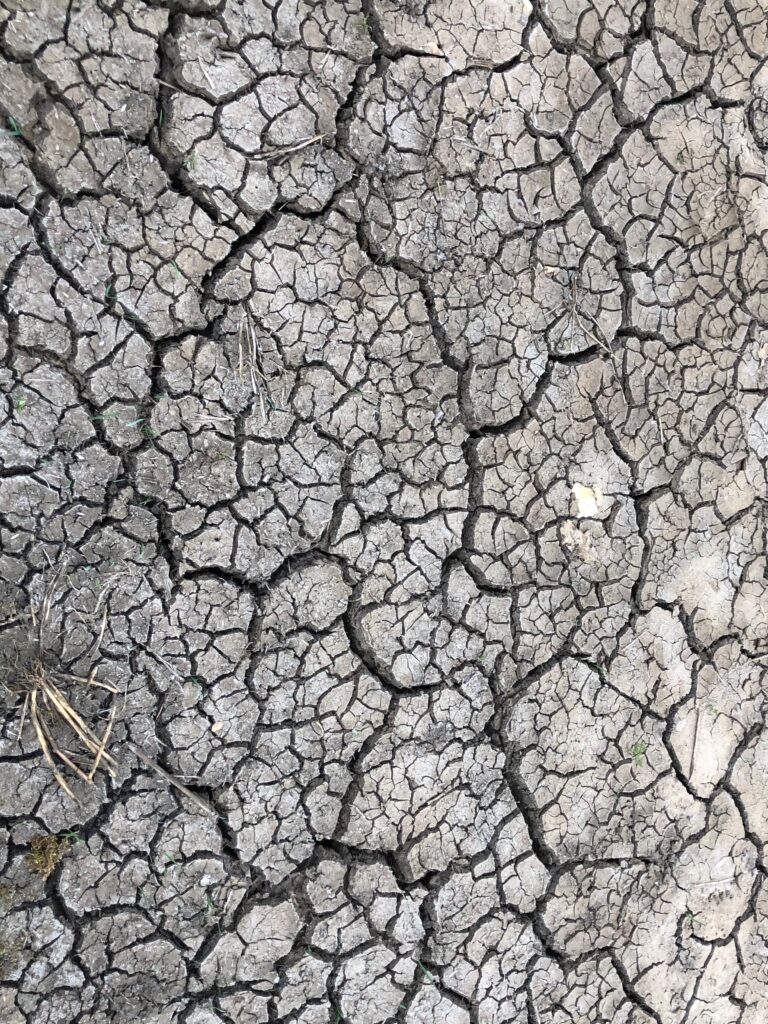
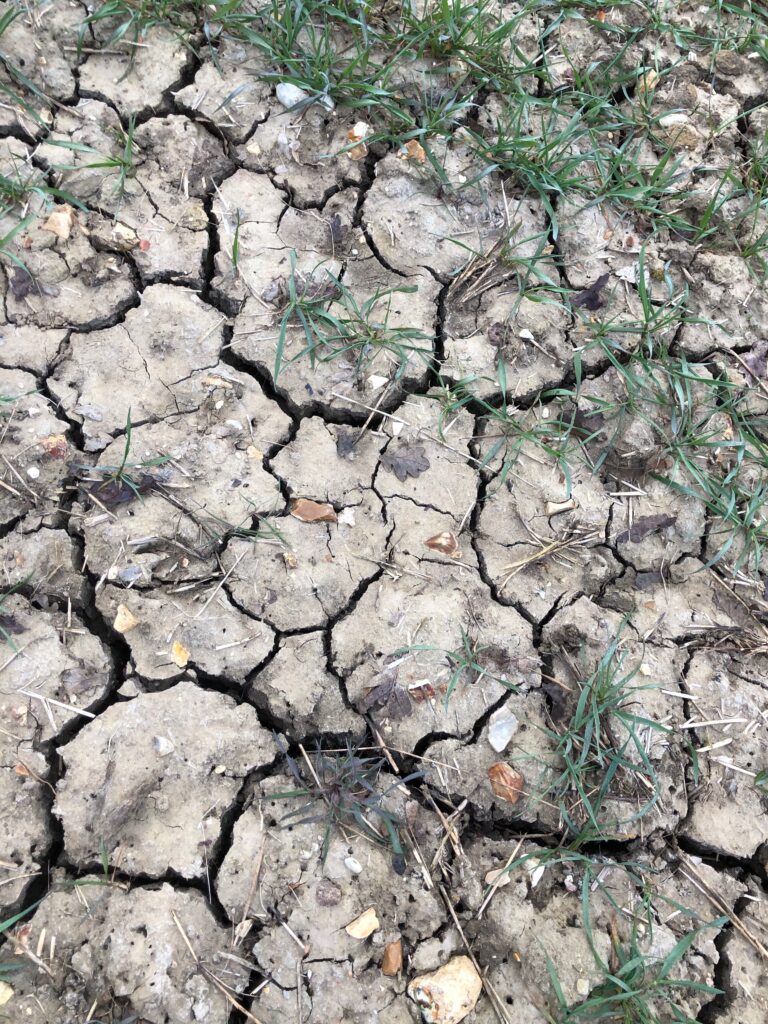
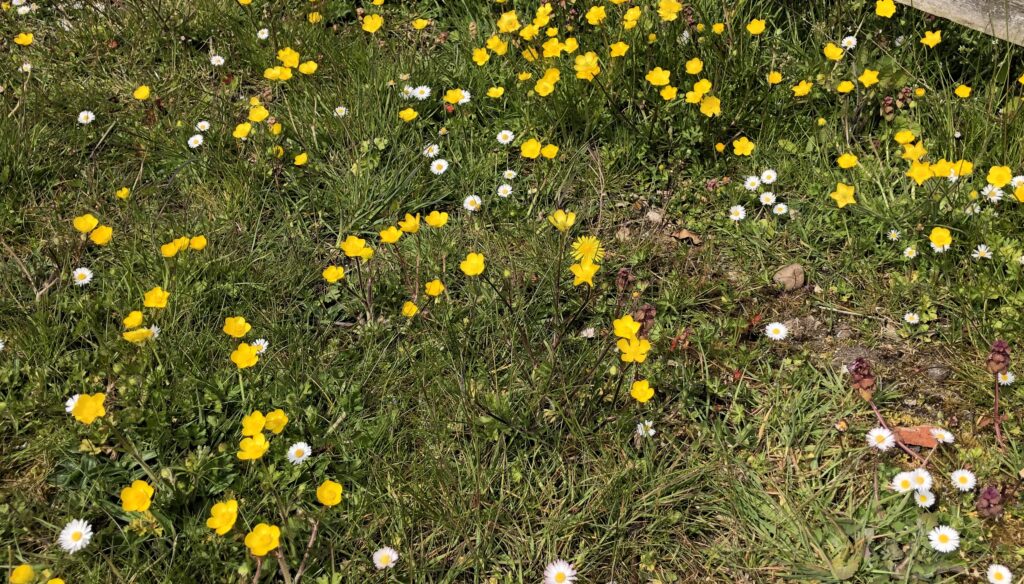
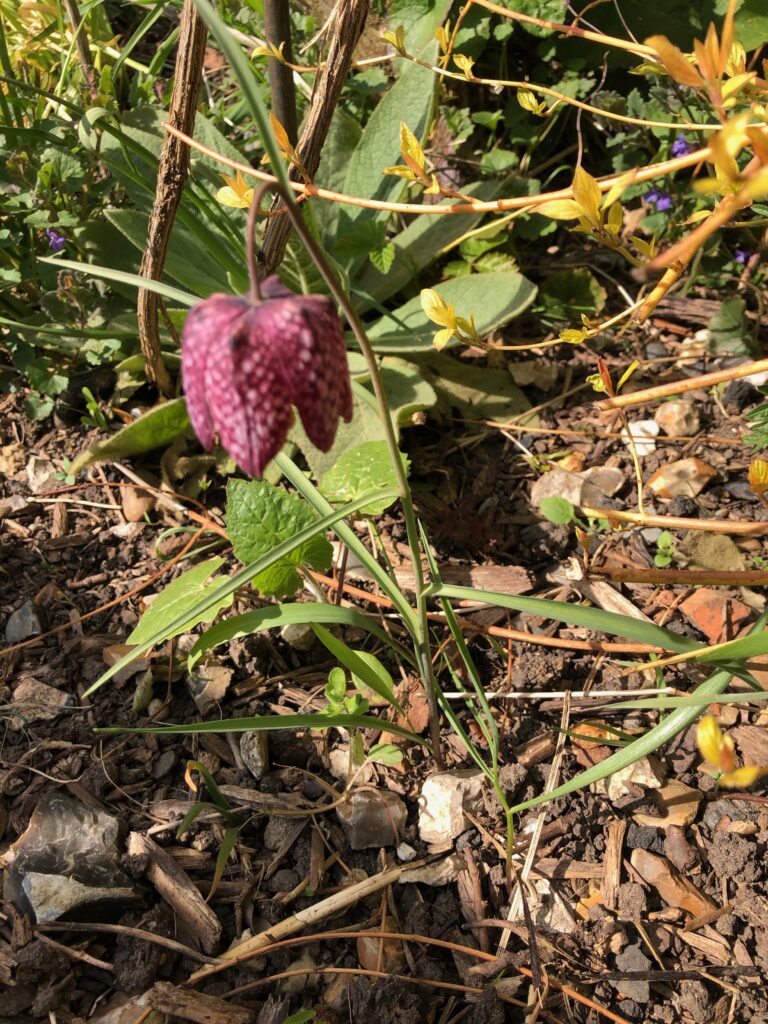
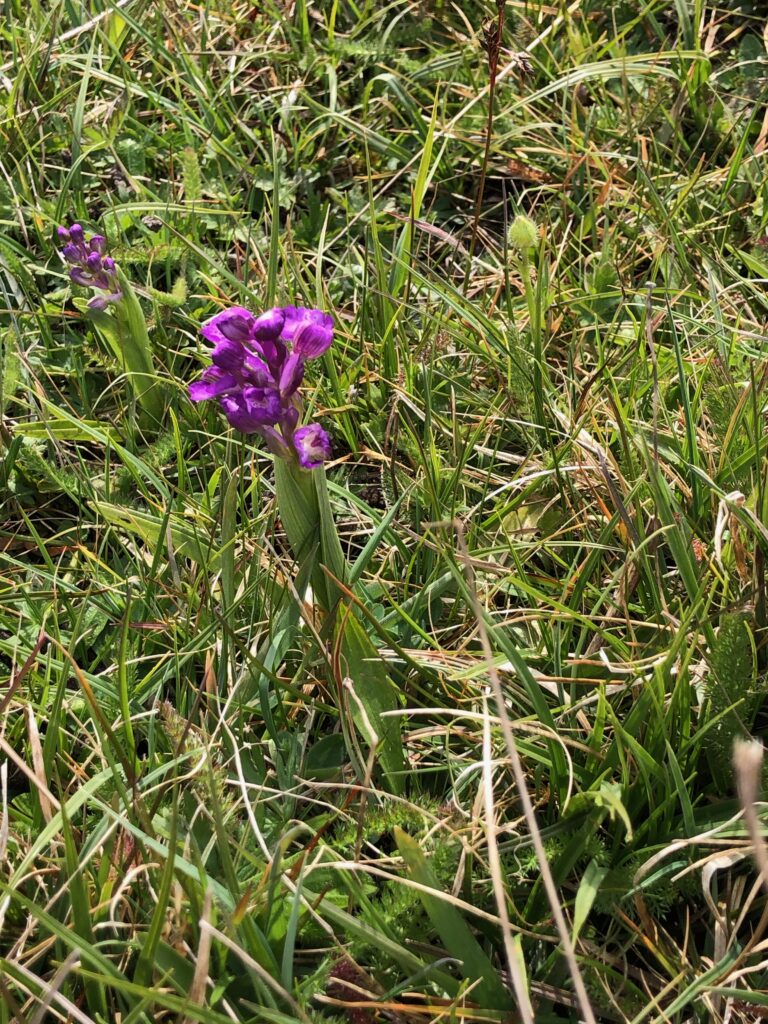
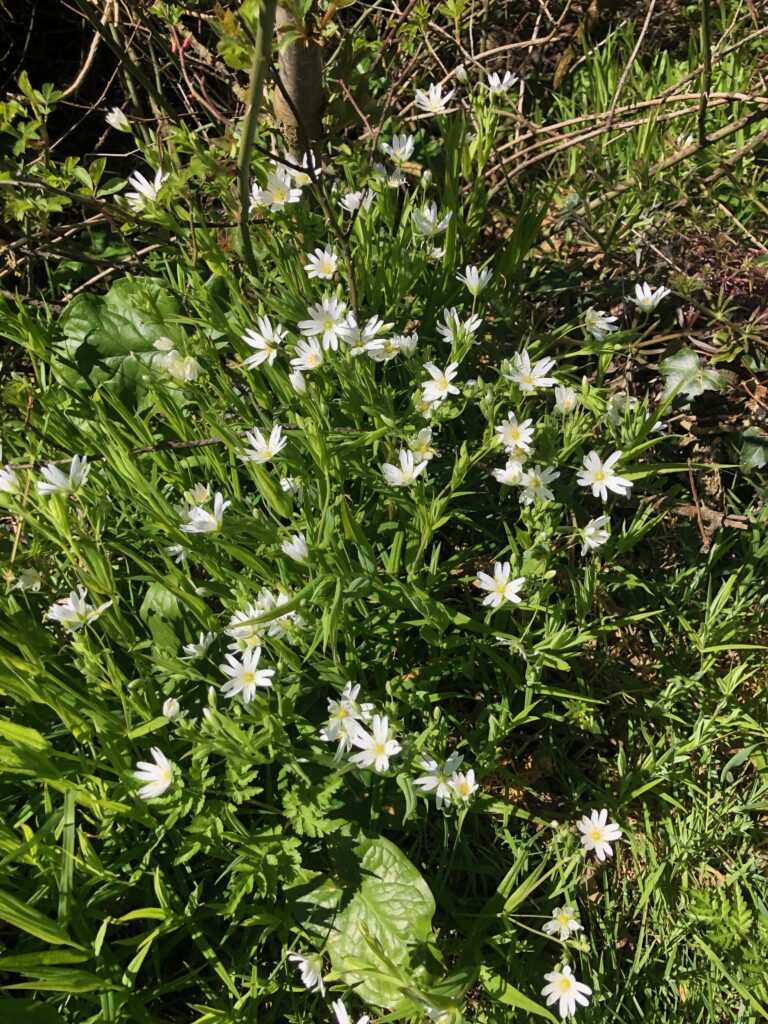
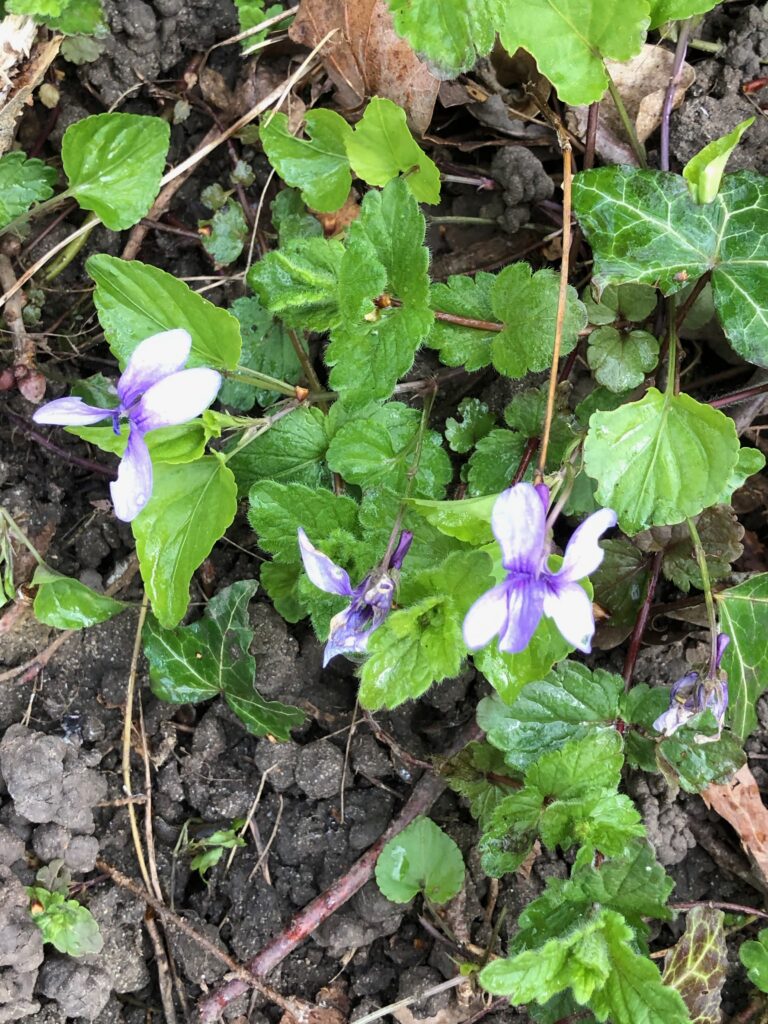
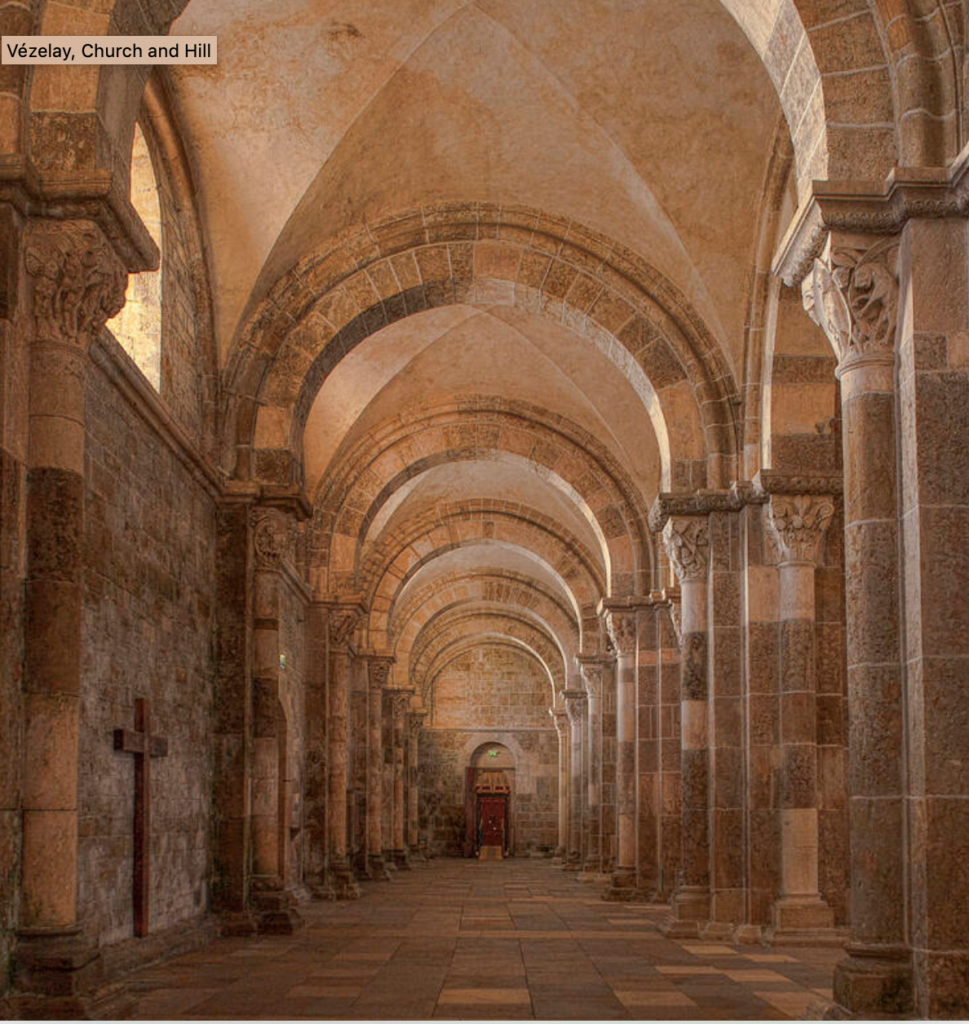
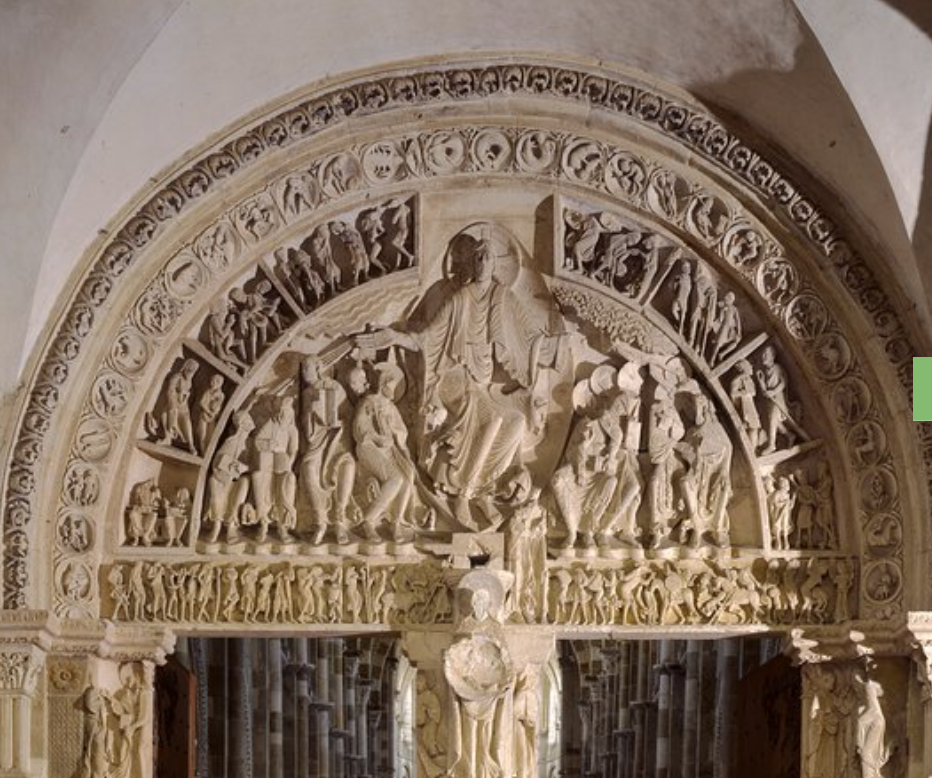
Beautiful writing as ever Mary
An eloquent summing up of April 21
Come and visit